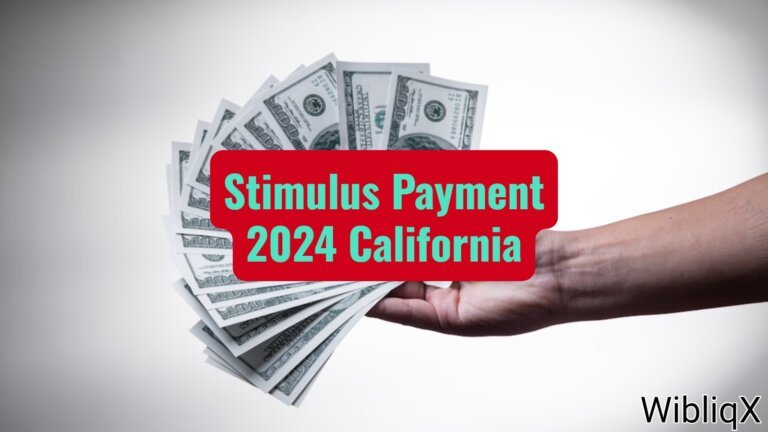$1600 Stimulus Payment: A proposed bill in Colorado has the potential to alter the manner in which residents receive their Taxpayer’s Bill of Rights (TABOR) refunds. Currently, joint filers are eligible for a refund of up to $1,600. SB24-228, which has been proposed by Governor Jared Polis and other legislators, is designed to alter the state’s financial policies by reducing the income and sales tax rates, as opposed to issuing automated annual refunds.
These rebates would only be issued in years when Colorado’s budget surplus is extraordinarily high, and the practice of automatically distributing TABOR refunds would be discontinued under the new legislation.
In the event that the surplus surpasses $1.5 billion, the income tax rate would be reduced by 0.15 percent, thereby establishing a correlation between tax reductions and the state’s revenue intake.
“The income tax rate will be reduced from 4.4 to 4.25% [for tax year 2024], as long as our economy remains strong, and that will make Colorado more competitive,” according to Polis.
SNAP Benefits Payment July 2024: When will food stamps be paid in your state?
Returning surplus revenue to taxpayers
At present, TABOR refunds are issued to Coloradans who have resided in the state for a period exceeding one year and have submitted their taxes punctually, provided that they do not have any outstanding state tax dues or significant prison time from the previous fiscal year.
This system was intended to ensure that government growth is constrained by voter-approved revenue limits by returning excess revenue to taxpayers.
Nevertheless, any reductions in income tax rates from 2025 to 2035 will be contingent upon revenue exceeding these TABOR limits after accounting for specific exemptions, such as those for senior householders, if SB24-228 is passed.
Furthermore, the surplus could result in a 0.13 percent decrease in sales and use tax rates, in addition to a reduction in income taxes, when it reaches $1.5 billion.
This change is a component of a more comprehensive strategy to utilize state surpluses to alleviate the economic hardships that continue to plague residents, including inflation rates that exceed three percent.
It is indicative of a movement in numerous states that is investigating the most effective way to allocate federal pandemic relief funds and excess tax revenues to provide financial assistance to their citizens.
$1300 Stimulus Rebate Payment: How can you claim this Payment?












